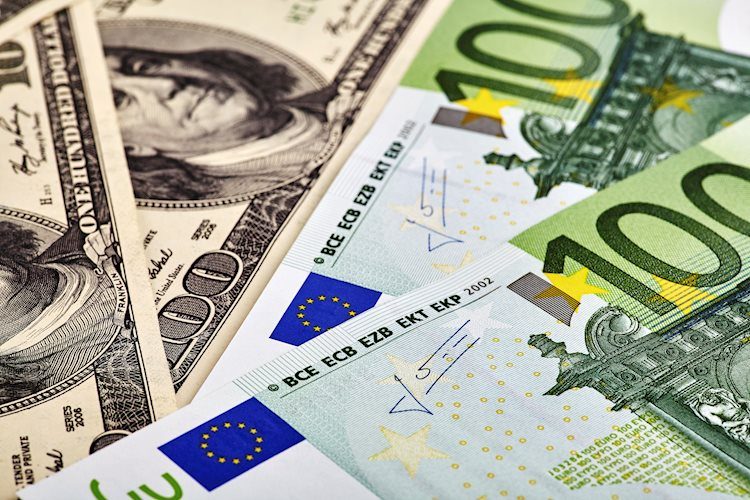The EUR/USD pair experienced a drop at the start of the trading week, with the US Dollar gaining strength across the board. This shift was mainly driven by a pause in the record-setting stock market rally in the US, leading investors to seek safe-haven assets like the Greenback. Additionally, ongoing geopolitical tensions in the Middle East have also contributed to the increase in demand for the US Dollar, pushing both Gold and Crude Oil prices higher. Market participants are closely monitoring the situation in the region, particularly the conflict between Israel and militant groups like Hezbollah and Hamas.
Federal Reserve Bank of Dallas President Lorie Logan recently highlighted the central bank’s focus on maintaining stable inflation rates and low unemployment rates. Logan emphasized the importance of monitoring money markets to ensure interest rates remain at an optimal level. The Fed remains committed to supporting the labor market and will only consider rate cuts if there is a significant increase in unemployment. This cautious approach to monetary policy is aimed at achieving a balance between economic growth and price stability.
The US Dollar is the most widely traded currency globally, with the Federal Reserve playing a crucial role in shaping its value through monetary policy decisions. The Fed’s main objectives are to control inflation and promote full employment, achieved by adjusting interest rates as needed. Inflation above the target rate prompts rate hikes, benefiting the USD, while low inflation or high unemployment may lead to rate cuts, weakening the Greenback. In extreme cases, the Fed may resort to quantitative easing to stimulate credit flow in the financial system, a measure that typically leads to a devaluation of the US Dollar.
Over the years, the US Dollar has held a significant position in the global financial system, with its status as the world’s reserve currency solidified after World War II. The currency was initially backed by Gold until the Bretton Woods Agreement ended the Gold Standard in 1971. Since then, the USD’s value has been tied to various economic indicators and policy decisions, making it susceptible to fluctuations based on market conditions and geopolitical events. Understanding the factors that influence the US Dollar’s value is crucial for investors and traders seeking to navigate the foreign exchange market effectively.
In conclusion, the recent shift in the EUR/USD pair underscores the impact of market dynamics and external factors on currency movements, particularly the strength of the US Dollar. As investors continue to monitor developments in the Middle East and the Fed’s monetary policy stance, the demand for safe-haven assets like the Greenback is likely to remain elevated. By staying informed about key economic indicators and central bank decisions, traders can better position themselves in the foreign exchange market and capitalize on opportunities that arise from currency fluctuations. With the US Dollar playing a dominant role in global financial markets, understanding its fundamentals is essential for any individual or entity engaging in international trade or investment.











